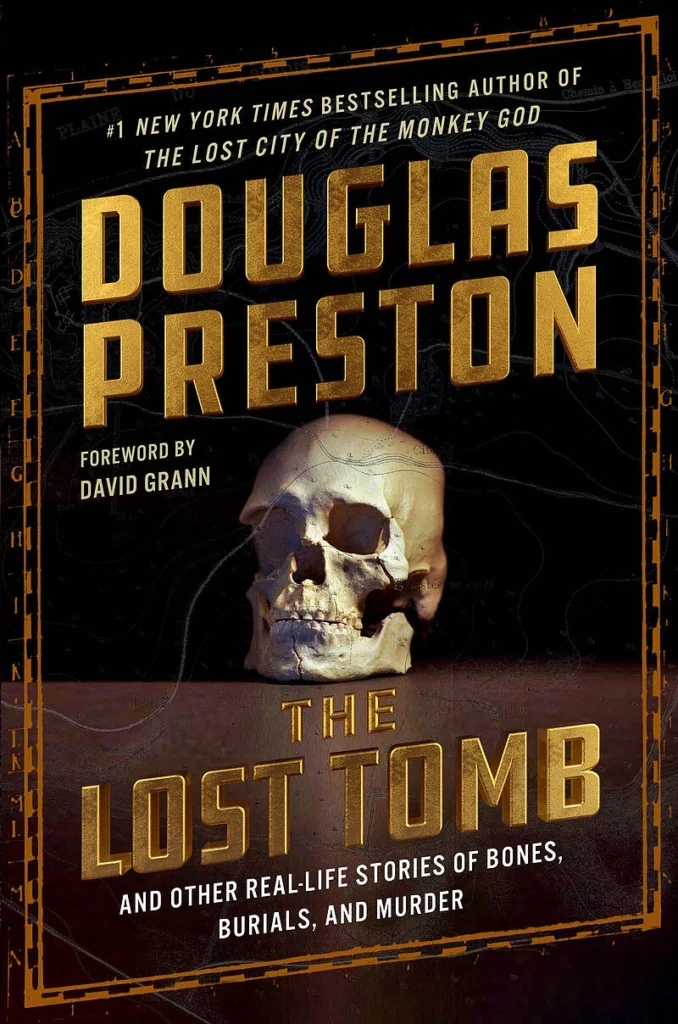Author: Patrick
-
Gen Z data points
When it comes to trusting media and information, Gen Z gives priority to the immediacy of influencers versus the authority of actual experts.
It’s not that Gen Z doesn’t believe in experts. Rather, it’s that social media has rewired the way they think about credibility. TikTok influencers are now our “friends.” The algorithm repeats and reinforces what we already believe. And a well-edited, engaging video is much more convincing than a long, complicated explanation from a professional. Credibility today isn’t about expertise but about who tells the most compelling story. This change is slowly reshaping how an entire generation decides what is true and what is not—sometimes with demonstrably negative results.
In today’s age, media literacy is a critical skill. Being able to read and write means nothing if you can’t discern good information from bad. Those skills also transfer to employment, the ability to grow a career and income.
Because everything is expensive now, especially housing. While the next article focuses mostly on Canada and their Gen Z population, it cuts to a basic reality of why young adults struggle to live independently–shit’s expensive, yo.
Renting is also largely off the table: as of 2023, the average rent for a one-bedroom apartment in Canada was about $1,700, a 35 per cent increase from five years ago. “Even my friends with high-paying corporate jobs are living at home because 90 per cent of their money would be going to survival,” says Liam Tully.
-
Five Card Nancy
From Scott McCloud, Five Card Nancy consist of thinking five random panels from the Nancy comic strip and making a three panel comic. It’s like Cards Against Humanity, but more surreal.
-
MD Foodie Boyz
“These are three middle schoolers who podcast,” Barstool Sports’ Pat McAuliffe explained in a podcast episode this week, where they attempted to book the boys for their show. “It’s an unintentional parody of what podcasts are. They’re like ‘what’s your favorite pizza,’ and then they just talk about pizza.”
There’s something hilarious about the juxtaposition of the young boys’ extremely basic food reviews and the high quality podcast studio they’re filming in and slick editing on their clips. (Their parents have access to a podcast studio and one of their older brother’s produces the clips).
Taylor Lorenz, Meet the MD Foodie Boyz
-
The story of Neon films

Whenever you see the buzzing, fuchsia Neon title card, you know your going to get at the very least something different and interesting. Eric Ducker at the Ringer tells of how six people in a WeWork space grew to a 55 person team consistently supporting awards campaigns.
-
Cabin in the Woods 4k

I think Cabin in the Woods still succeeds in deconstructing the horror movie genre while placing Easter eggs as callouts to other movies and stories.
Beginning with the cheery introductions of our characters, with an early career Chris Hemsworth playing the quintessential jock, the film leads us down a road to the middle of nowhere and stopping at a rundown gas station complete with a grizzled, creepy old man. Once the sun sets, Evil Dead vibes consume the woods, and our team makes the first of a series of bad decisions, descending to the basement, because a horror movie cannot exist without a series of bad decisions. If you pay attention to all of the different objects spread throughout the room, you’ll be rewarded when the film reveals the imprisoned menagerie of monsters.
Chaos ensues. As the gang is killed off, we meet our villain, played by Sigourney Weaver, who attempts to reason with our final girl, played by Kristen Connelly. Typically, the final girl perseveres with grit, determination, and wits–the last person with any agency to make a choice–to defeat the villain and survive. Connelly’s character makes a choice that makes the ending surprising and unique.
-
Lost Tomb by Douglas Preston
The Lost Tomb: And Other Real-Life Stories of Bones, Burials, and Murder by Douglas Preston collects his nonfiction essays from across nearly 40 years of writing. The flashy subtitle is accurate but told through pragmatic prose using anthropology, archaeology, and a dabble of political science.
When successfully combined, they create a taut narrative such as the Monster of Florence or the Dyatlov Pass incident. Other times they come across as dry character studies, where history is examined.

-
Rodger Sherman pet all the dogs
The Westminster Dog show occurred recently, and sportswriter Rodger Sherman visited to pet all the dogs. If you’ve ever wanted a visual guide to all the different breeds, this is it.
-
Building a (T1D) smartwatch from scratch
Andrew Childs built a Type 1 Diabetes monitor from scratch.
My 9 y.o. son has Type 1 diabetes, which basically means his pancreas is on manual (hard) mode 24×7. A healthy pancreas not only produces insulin, which helps convert glucose in the bloodstream into energy – it also produces glucagon, which tells the liver to release glucose into the bloodstream when blood sugar levels are too low. A person with T1D has to manage without either of these guardrails, and a low blood sugar can become a medical emergency if left untreated.